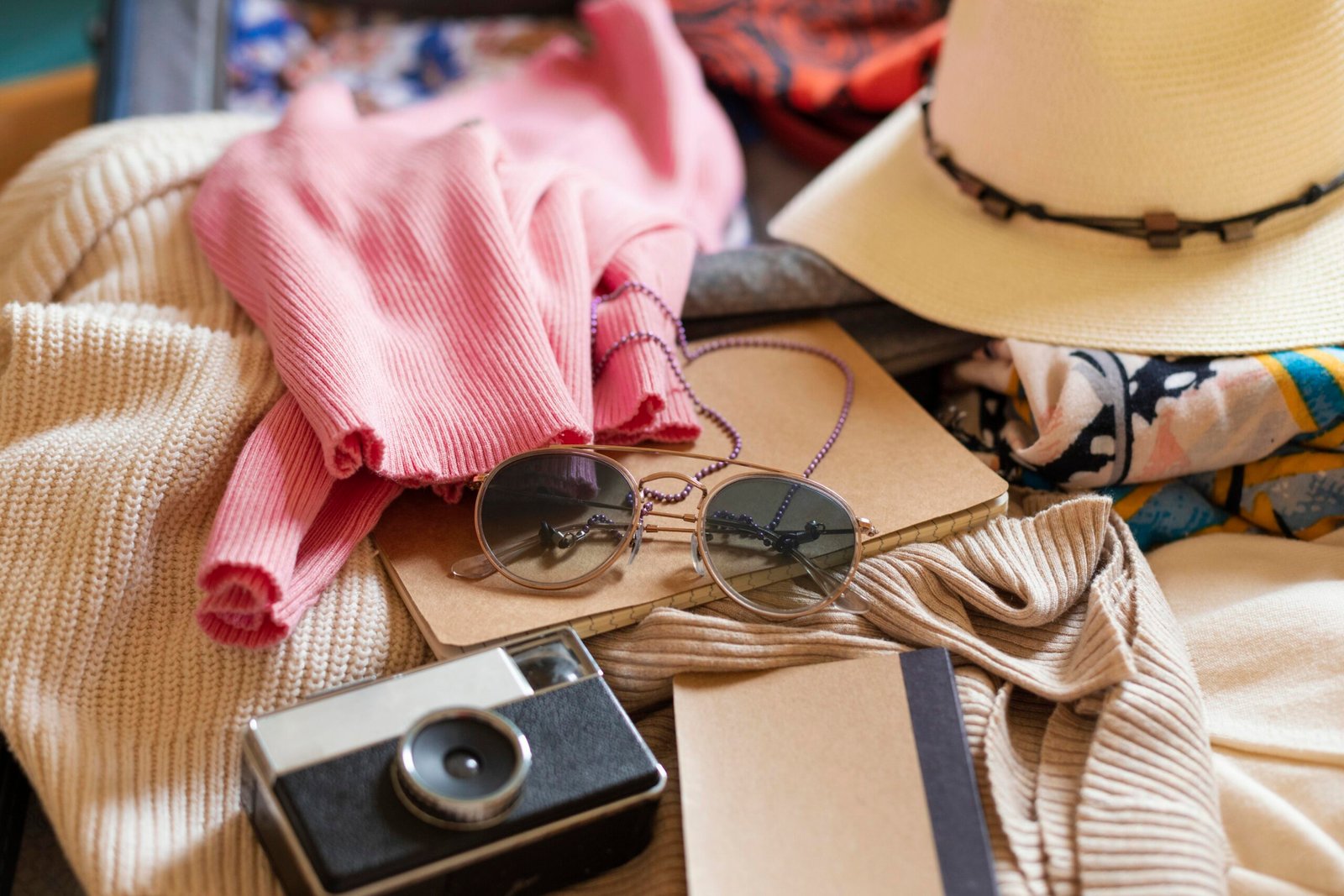Exciting about shopping for new clothes, reimagining your wardrobe, and walking out of a store feeling like a million bucks. Sometimes, when you see just the right cozy sweater or twirly dress in a shop window, you feel like it’s calling your name.
What draws a shopper through the door and into the fitting room? It’s a mix of fashion marketing and fashion merchandising.
The Role of Fashion Merchandising in Retail
Fashion merchandising is the art and science of buying, displaying, and promoting fashion merchandise. It’s all about product placement, pricing, quantity, and timing. Together, these elements create that magical shopping experience.
How Fashion Merchandising Drives Sales
Fashion merchandising goes beyond simply stocking shelves. It involves thoughtful planning of how products are presented to attract customers and boost sales. An inviting shopping environment, created through strategic merchandising, can significantly drive sales.
Key Differences Between Merchandising and Marketing
Fashion marketing focuses on advertising and promoting products through channels like social media and email. On the other hand, fashion merchandising involves selecting, purchasing, and displaying products in your store. Both are essential for attracting and retaining customers.
- Merchandising: Deals with the selection, purchase, and display of products.
- Marketing: Involves promoting products through advertising and outreach.
How Merchandising and Marketing Complement Each Other
Effective marketing draws customers in, while good merchandising ensures they find and buy what they want.
Steps to Effective Fashion Merchandising
Collect Inspiration
Start by gathering inspiration from competitors, popular brands, and social media. Look at successful stores and online platforms like Pinterest and Instagram to see what’s trending.
Visual Merchandising Techniques
Create an aesthetic around your best products. Use mannequins, strategic lighting, and appealing color schemes to make eye-catching displays.
Strategic Fashion Marketing and Merchandising
This happens through multiple steps, here are some:
- Understanding Your Target Audience
Know your customers—where they shop, what they like, and their interests. Tailor your promotions and displays to resonate with them. - Staying on Top of Fashion Trends
Follow fashion influencers and stay updated on trends. This helps keep your inventory and displays fresh and relevant. - Scheduling Display and Promotion Refreshes
Regularly update your displays and promotions to match seasons, holidays, and special events. This keeps customers engaged and coming back.
Inventory Management
– Forecasting Inventory Needs
Use sales data to plan your inventory. Balance seasonal items with evergreen products that sell year-round.
– Balancing Seasonal and Evergreen Merchandise
Mix seasonal trends with classic items to keep your store appealing throughout the year.
Pricing Strategies
– Implementing Price Promotions
Offer discounts thoughtfully to attract customers without devaluing your brand. Special promotions like Black Friday deals can drive sales.
– Impact on Brand Image
Ensure that your pricing strategies maintain a high-quality brand image while offering value to your customers.
Final Tips for Retailers
Effective fashion merchandising combines creativity, strategy, and customer insight. By gathering inspiration, staying on top of trends, and managing your inventory and pricing strategically, you can create a delightful shopping experience that drives sales.
With these tips, you’re on your way to mastering fashion merchandising and boosting your retail success.


